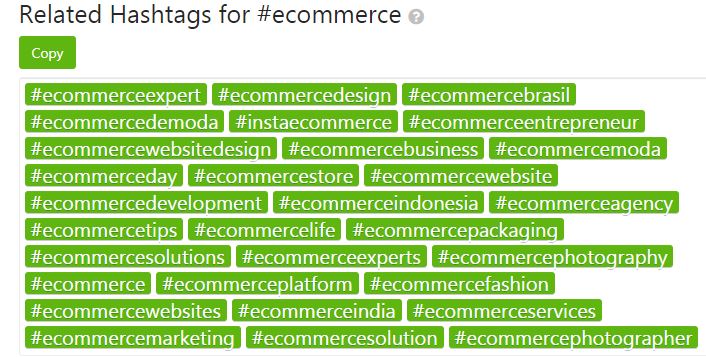Social media isn’t just a space for funny videos and family photos anymore. It’s become one of the most powerful tools a business can use to grow its audience, build loyalty, and actually drive sales.
But setting up a company profile and posting from time to time isn’t going to cut it. If you want real results, you need to understand how these platforms work—and how to speak their language.
One of the simplest, yet most overlooked tools? Hashtags.
What are hashtags and why do they matter?
Hashtags are those little # symbols followed by a word or phrase—like #CoffeeLovers or #SmallBusinessTips. At first glance, they might seem like just another trend. But in reality, they help people find your content, connect your brand to broader conversations, and can even make your posts go viral if used right.

They first showed up on Twitter but quickly spread across Instagram, Facebook, LinkedIn, and even YouTube. A good hashtag strategy can get your business in front of people who’ve never heard of you, but are already interested in what you offer.
Not all hashtags are created equal
There’s a bit of an art to this. Throwing 30 random tags under your post won’t help you much. What works is using hashtags that are relevant, clear, and searchable. Here are a few types of hashtags you’ll want to think about:
- Content-based: Tags that describe what’s in the post, like #DigitalMarketing or #HealthyRecipes
- Location-based: If you’re local, tags like #BerlinFoodie or #NYCStartups can bring in nearby customers
- Brand hashtags: Your company’s own unique tag – short, memorable, and used consistently, like #ValdeMedia
- Event or campaign tags: For special launches, contests, or collaborations Product-related: When talking about specific products, e.g. #RunningShoes or #VeganSkincare
And yes, you can absolutely mix them.
How many hashtags is too many?
On Instagram, somewhere between 9 and 12 tends to work best. Twitter? Keep it to two or three, max. Every platform has its own rhythm, so test what works for you.
More isn’t always better, what matters most is relevance. If your business is local, don’t forget to include the name of your city or region.
And if you’re posting in multiple languages or countries, localize your tags. A hashtag that works in one country might mean something totally different somewhere else.
Create your own and make it stick
One of the best things you can do is create a hashtag that’s all yours. It can be your brand name, your campaign, or even a clever phrase that customers will want to use. The key is consistency. Use it under every post. Put it on your packaging. Mention it in your emails.
But, and this is important, don’t expect people to use your hashtag just because you asked. Give them a reason. Maybe it’s part of a contest. Maybe they get featured on your account. Or maybe it just makes them feel like they’re part of something. Whatever the case, make it meaningful.
Real-life impact
Smart hashtag use can lead to real engagement. We’ve seen small businesses get discovered just because a customer tagged them in a post. We’ve seen niche products blow up thanks to a trend.

And we’ve helped clients launch branded hashtags that became communities in themselves. One example: a fashion brand encouraging brides to share their wedding photos using a branded tag.
The result? A flood of organic content, and tons of new customers who found them through those posts.
Hashtags Final thoughts
Hashtags aren’t magic, but when used well, they absolutely work. They help more people see your content, they bring the right audience to your profile, and they can even turn a casual scroller into a paying customer.
So if your social media feels like it’s stuck in neutral, take a good look at your hashtags. They might just be the missing piece.

